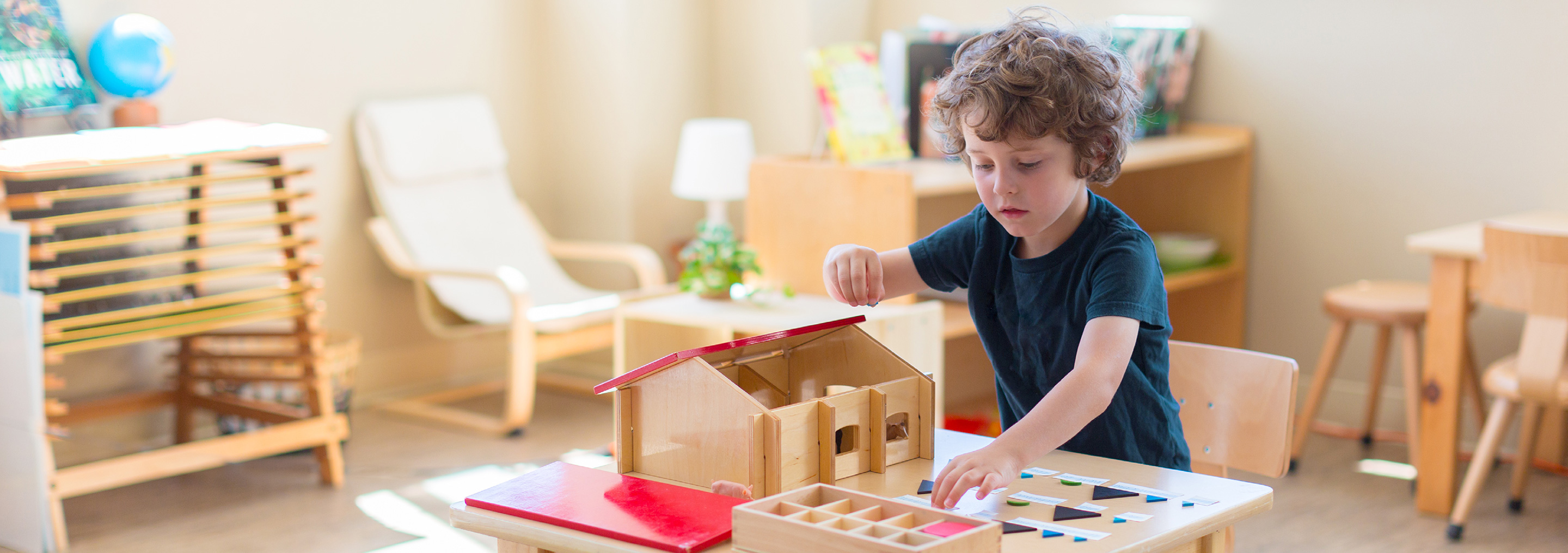- View All
- Topics
- Search
Blog Archive
-
2025 (1)
- January (1)
-
2024 (10)
- December (1)
- October (1)
- September (1)
- August (1)
- July (1)
- June (1)
- April (1)
- March (1)
- January (2)
-
2023 (9)
- September (1)
- August (1)
- July (1)
- June (1)
- May (1)
- April (1)
- March (1)
- February (1)
- January (1)
-
2022 (3)
- December (1)
- November (1)
- September (1)
-
2021 (3)
- November (1)
- March (1)
- February (1)



Silence: An Unexpected Montessori Benefit
Research shows that noise pollution negatively affects children’s reading and language skills. Studies cited in NurtureShock reveal that kids exposed to high noise levels, like traffic near their homes or schools, struggle with auditory discrimination and reading comprehension. For example, children living near the George Washington Bridge had lower reading scores based on their floor level—closer to the noise meant poorer outcomes.
Montessori classrooms address this issue by fostering a culture of respect and quiet focus. Children are taught to walk calmly, speak softly, and engage in learning without disrupting others. Teachers provide lessons in gentle tones, and classroom noise is intentionally managed to enhance concentration.
This quiet environment allows children to fully engage in language activities, such as mastering phonics, expanding vocabulary, and refining auditory skills—all critical for early literacy. The Montessori emphasis on volume control and respect creates a prepared environment where children thrive academically and socially.
For parents seeking a nurturing space that supports strong academics and personal growth, the quiet hum of a Montessori classroom offers more than meets the eye—it’s an essential ingredient for success.
When parents first visit a well-run Montessori school, they often comment on how quiet the classrooms are compared to many other environments where groups of preschoolers come together. It’s true: our classrooms are quiet—not silent, but filled with purposeful activity and low, respectful voices. This unique atmosphere supports learning and development in surprising ways.
This article, called “What Do Preschools Have in Common with Bridges and Airports?”, shares the value of that quiet environment. In the article, Po Bronson and Ashley Merryman, of NurtureShock fame, reveal that kids exposed to high noise levels, like traffic near their homes or schools, struggle with auditory discrimination and reading comprehension. For example, children living near the George Washington Bridge had lower reading scores based on their floor level—closer to the noise meant poorer outcomes.
In a Montessori classroom environment, we teach students to speak quietly with each other, to walk up to a teacher with a request instead of yelling it across the room, etc. Teachers provide lessons in gentle tones, and classroom noise is intentionally managed to enhance concentration.
This quiet environment allows children to fully engage in language activities, such as mastering phonics, expanding vocabulary, and refining auditory skills—all critical for early literacy. The Montessori emphasis on volume control and respect creates a prepared environment where children thrive academically and socially.
For parents seeking a nurturing space that supports strong academics and personal growth, the quiet hum of a Montessori classroom offers more than meets the eye—it’s an essential ingredient for success. Next time a parent comments about the quietness in our classrooms, we may just point them to this study – and encourage them to embrace this relative silence as an unexpected side benefit of choosing a Montessori education!
Adapted from an article by Heike Larson